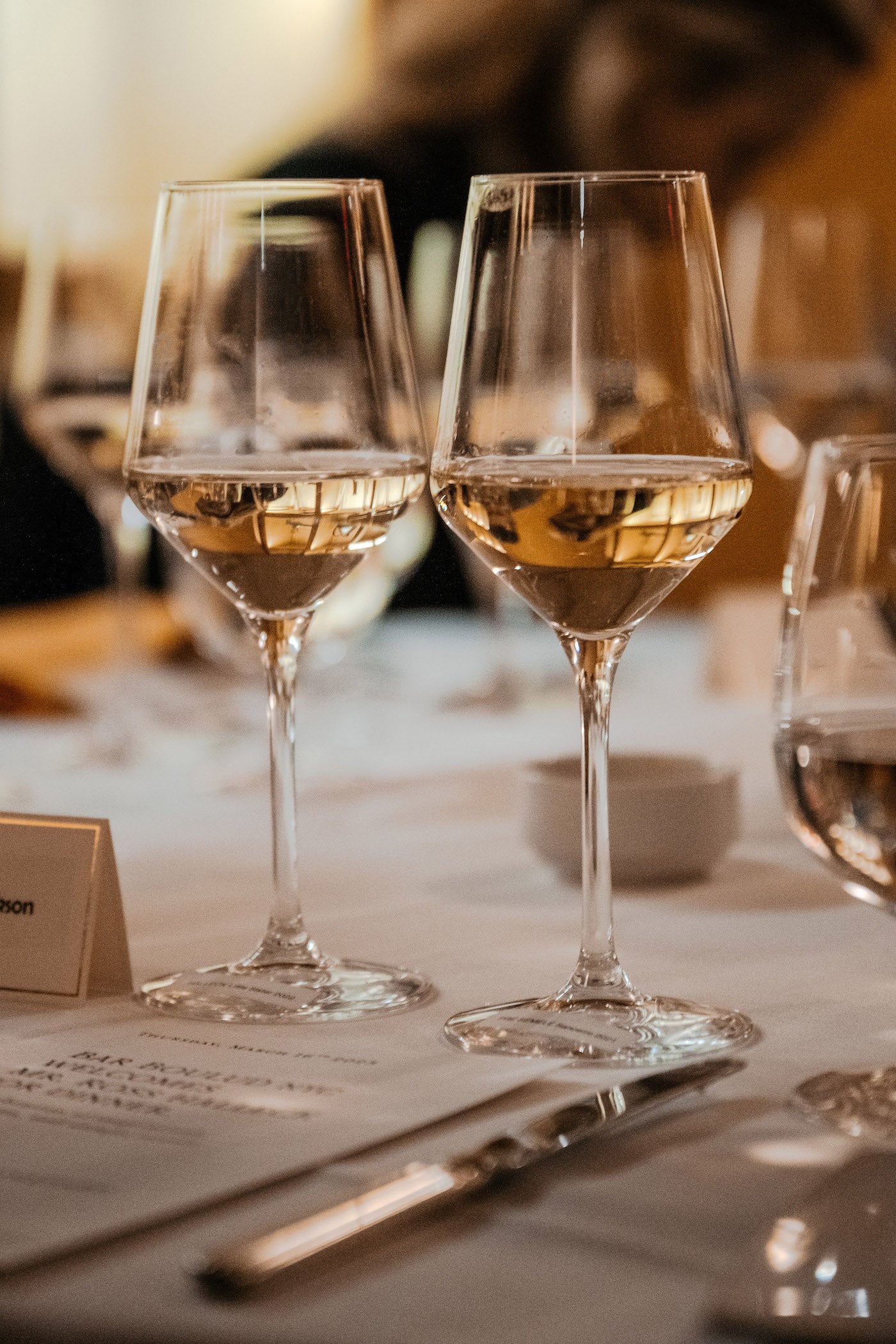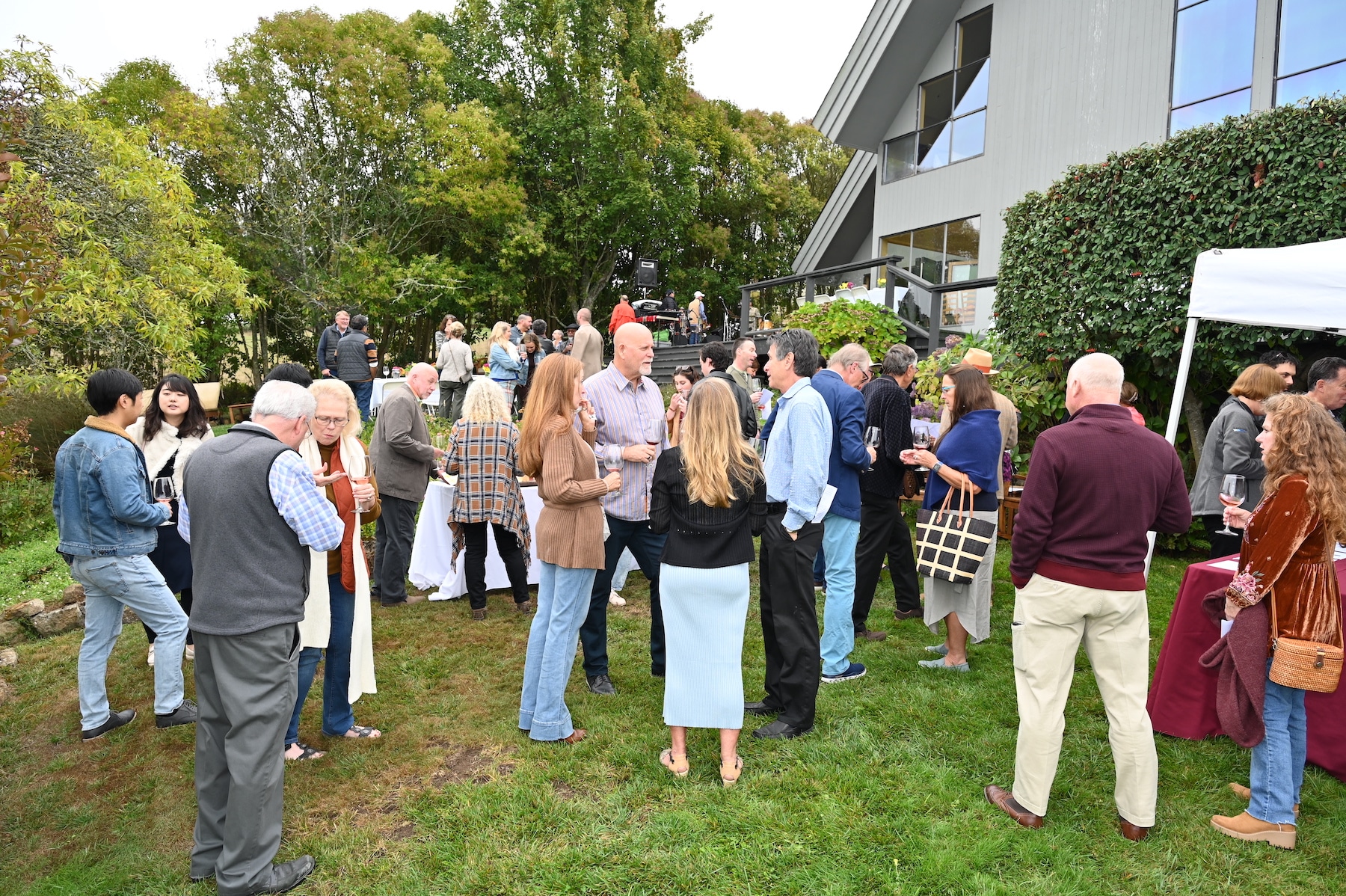Quaint Wineries In Picturesque Settings In Sebastopol - Wine Tasting Activities In Sebastopol
Wine tasting is an art that requires practice and an understanding of various elements concerned within the course of. One essential factor of wine tasting is the development and interpretation of tasting notes, which serve as a guide for each novices and seasoned connoisseurs. A Guide To Understanding Winery Wine Tasting Notes can improve your wine-tasting experience, making it extra significant and pleasant.
Tasting notes are concise descriptions that capture the essence of a wine’s flavors, aromas, and overall character. Normally composed by professional tasters, winery tasting notes offer insights into the nuances of various wines. They can help wine enthusiasts understand what to anticipate from a specific bottle. Nevertheless, tasting notes can differ widely in style and detail based on the author's experience and palate.
Wineries Ideal For Large Groups - Best Wineries In Sonoma For A Wine Experience
When you first strategy a glass of wine, your senses will start to engage instantly. The sight, scent, and taste of the wine will converge to provide you a whole experience. Tasting notes generally start with the visual assessment, the place the color of the wine is taken into consideration. Shade performs a major function in indicating the wine’s age, grape selection, and even its flavor profile.
After assessing the visible aspect, the next step involves swirling the wine in the glass. This action aerates the wine, allowing its aromas to awaken. Smelling the wine provides important perception into its complexity. The preliminary sniff can deliver a flood of scents which will include fruity, floral, natural, or earthy notes. This is often essentially the most subjective part of tasting, as particular person experiences can dramatically differ.
In winery tasting notes, descriptors are often categorized into major, secondary, and tertiary aromas. Primary aromas normally stem from the grape variety, secondary aromas derive from fermentation processes, and tertiary aromas come up from getting older. Understanding these categories may help you respect the depth of a wine, and they also provide the vocabulary to express your experience better.
Wineries Offering Educational Wine Seminars - Iconic Wineries Of Sebastopol
Following the olfactory encounter, your focus will shift to the style of the wine. This is the place the primary characteristics—sweetness, acidity, tannins, alcohol—come into play. Tasting notes often element these flavors in a quantity of dimensions, including the preliminary assault on your palate to the lingering end on your tongue. A high-quality wine will present a harmonious steadiness between these components.
While tasting, it's important to ponder the body of the wine, which can be described as light, medium, or full. The physique contributes significantly to your overall impression, serving to you think about how the wine pairs with food or whether or not it stands alone as a sipping wine. Balancing the physique with the other traits will provide you with a fuller understanding of what the wine has to supply.
The finish of the wine, also known as the aftertaste, is another crucial aspect usually included in tasting notes. A long, nice finish normally indicates the next quality wine, whereas a short or cloying aftertaste could counsel otherwise. Evaluating the end can supply additional insight into the wine's complexity and distinction.
Understanding the context of winery tasting notes is also valuable. Tasting notes can present contextual information about the winery's location, climate, and grape-growing practices. This context provides another view layer of appreciation for the wine, permitting enthusiasts to connect the sensory experience with its origins, thus enhancing the enjoyment further.
Wineries Featuring Seasonal Wine Events In Sonoma - Sonoma Wine Tasting Spots
Many wineries provide tasting notes on their websites or labels, usually written in an approachable but informative style. Nevertheless, not all winery tasting notes are created equal. Some could also be overly technical, whereas others may prioritize marketing aptitude over insightful analysis. Studying to navigate these notes can arm you with the data to make informed selections when choosing wines.
Taking Part in tastings at wineries also can deepen your understanding of wine tasting notes. Interacting with knowledgeable workers can provide you a extra hands-on strategy to exploring different wines and the language used to explain them. Wineries That Welcome Walk Ins. You'll have the opportunity to ask questions, interact in discussions, and probably refine your palate in real time.
Experimentation is essential for mastering wine tasting notes. As you pattern completely different wines, attempt making your personal notes. Focus on describing the wine’s color, aroma, style, and end. Over time, you’ll develop a personal vocabulary that resonates with your sensory experiences. Every note you create will help refine your palate, permitting you to understand wines at a deeper level.
Wineries With Beautiful Architecture - Wine Tasting In Sonoma County
In conclusion, a Guide To Understanding Winery Wine Tasting Notes offers a comprehensive framework for diving into the world of wines. It equips you with the methods and language necessary to articulate your experiences. Whether you are a casual drinker or a devoted aficionado, understanding and utilizing tasting notes can profoundly impression your wine journey. This information not solely enhances your enjoyment but additionally connects you deeply with the wealthy narratives every bottle tells. By embracing this journey, you turn into a part of the attractive mosaic of wine tradition, the place every sip unveils a brand new story waiting to be discovered.
- Wine tasting notes typically embody quite so much of sensory descriptions, together with aroma, flavor, acidity, physique, and end, permitting tasters to completely respect the wine's characteristics.
- To improve your understanding, familiarize yourself with widespread wine terminology corresponding to "tannins," "oakiness," or "terroir," which may help decipher the notes extra successfully.
- A systematic approach to tasting includes first visually assessing the wine's colour and clarity, followed by swirling to launch aromas, then inhaling and describing what you experience.
- Taking notes throughout tasting may help determine patterns over time, improving your palate and making it easier to recall preferences for future alternatives.
- Do Not overlook the influence of food pairings; tasting notes can differ greatly when a wine is loved with complementary flavors, altering notion and delight.
- Pay attention to the wine’s vintage, as climatic conditions in a given 12 months can considerably affect the final product, including another layer to the tasting notes.
- Consider the winemaker's style and philosophy, which might form the wine's profile and influence how its notes evolve with every sip.
- Working Towards with totally different grape varieties can broaden your vocabulary; each kind brings unique characteristics that may enhance your capacity to articulate tasting notes successfully.
- Partaking with wine professionals or attending tasting events can provide priceless insights, offering a richer context for understanding personal tasting notes.
- Remember that tasting is subjective; particular person preferences and experiences will shape one’s interpretation of the identical wine, enriching the overall enjoyment of wine exploration.
What are wine tasting notes?
Wine tasting notes are descriptive comments made by tasters concerning the appearance, aroma, taste, and end of a wine. They provide an summary of the wine's traits and might help customers understand the style and high quality of the wine.
Wineries Offering Virtual Wine Tastings - Sebastopol Vineyard Visits
Why are tasting notes essential when selecting wine?
Tasting notes can guide you in choosing Learn More a wine that fits your palate. They provide insights into flavors and aromas, serving to you to match wines with food or occasions. Understanding these notes enhances your total wine experience.
How should I learn wine tasting notes?
(Wineries Hosting Seasonal Events)
Wineries Providing Guided Vineyard Walks - Wineries In The Sebastopol Region

When studying wine tasting notes, take note of the construction: search for descriptions of colour, aroma, flavor, and end. This will help you grasp the wine's profile and decide if it aligns along with your preferences.
What terms generally appear in wine tasting notes?
Widespread terms embrace "tannin" (the structure), "acidity" (the crispness), "physique" (the weight), and various flavor descriptors like "fruity," "earthy," or "spicy." Familiarizing yourself with these phrases can deepen your understanding of wine.
Off The Beaten Path Wineries In Sonoma - Wineries To Explore In Sonoma Valley

Am I Able To create my very own tasting notes?
Yes! Writing your individual tasting notes can improve your wine tasting experience. Focus in your observations of style, aroma, and different sensory characteristics. This personal practice can help you refine your palate over time.
How do I identify the aromas in wine tasting notes?
Hidden Gem Wineries In Sonoma County - Local Wineries In Sebastopol
To establish aromas, practice smelling quite a lot of scents and associating them with wines. Swirl the wine in your glass to release its aromas, then take a moment to breathe in deeply before identifying any outstanding scents.
What is the distinction between professional and personal wine tasting notes?
Professional tasting notes might use extra technical language and specific terminology, while personal tasting notes are subjective and replicate particular person experiences. Both are useful for understanding and having fun with wine, but personal notes might resonate extra with your unique tastes.
How can tasting notes enhance my wine appreciation?
Quaint Wineries In Picturesque Settings In Sebastopol - Top Wineries To Visit In Sebastopol
Tasting notes can improve your appreciation by serving to you to grasp and articulate the complexities of wine. They encourage conscious tasting and supply a framework for comparing totally different wines, resulting in a richer enjoyment of the beverage.
Are there any apps or tools to help with wine tasting notes?
Yes, there are several apps designed to help customers report and manage their tasting notes. These instruments typically provide features like flavor wheel guides and wine database searches, making it simpler to trace your journey via totally different wines.